“His influence is referenced by many contemporary drummers and he has no doubt spawned his fair share of copyists”: 6 of the most inspirational drummers of all time
Welcome to MusicRadar’s Drums Week! To kick things off, we’re spotlighting some of the most consequential sticksmen of all time
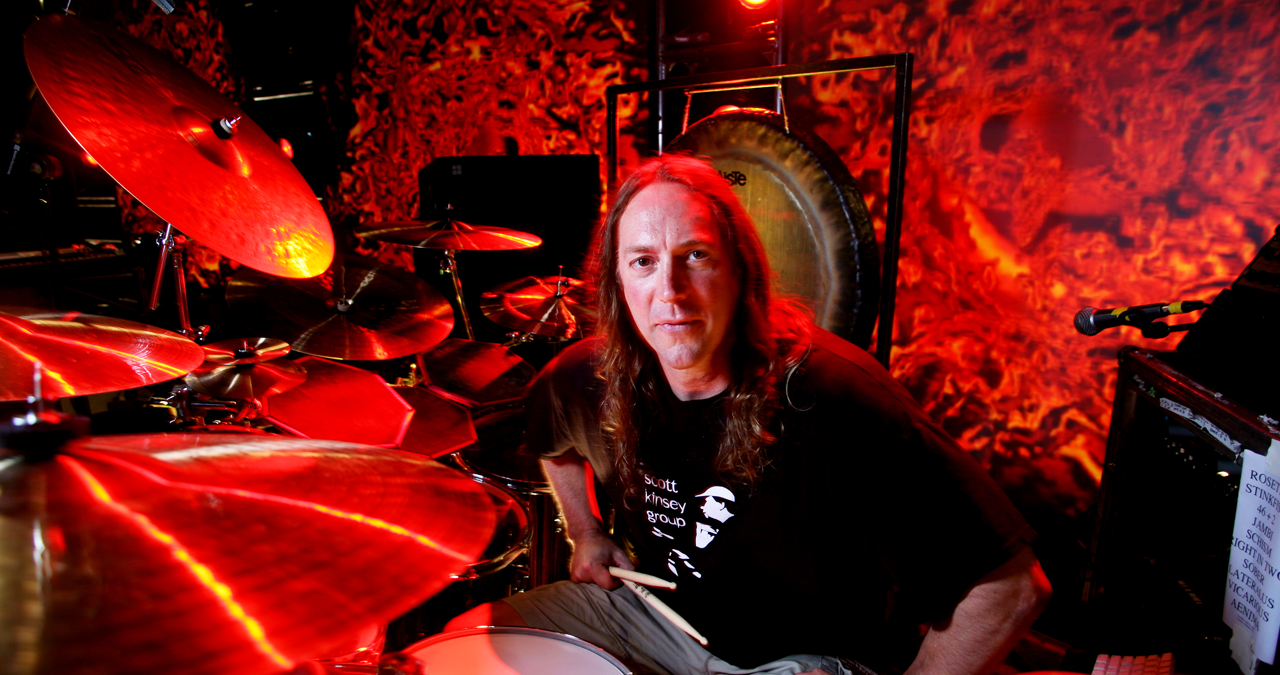
DRUMS WEEK 2025: There’s nothing more divisive than a ‘best of’ list, particularly when it comes to virtuoso players. So, we thought we’d take a slightly different approach in this feature to kick off MusicRadar’s Drums Week 2025.
Here we’re going to be focusing less on ‘best’ and more on ‘influential’.
To that end we’ve picked out ground-breaking drummers who moved things forward, offering something that maybe hadn’t been seen prior to them pulling up their respective stools and getting to work.
These are the sort of players that regularly get name-checked for their inspiration as well as their chops, and although we’ve not intentionally ruled out current players, the nature of that remit means they tend to be more mature in years.
So, without further ado, let's count in…
Buddy Rich
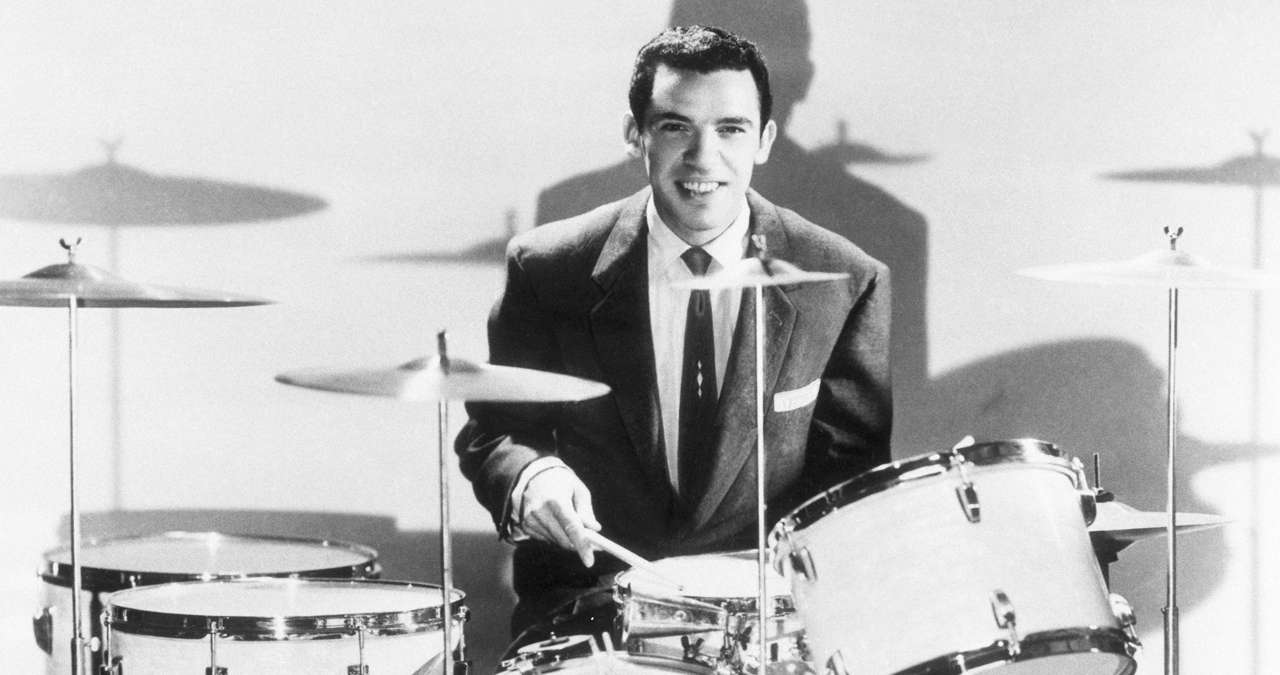
He may have been an unashamed showman and renowned for being a fearsome employer, but no one can deny the influence Buddy Rich had on the world of drumming and the generations of drummers that have followed.
Born to vaudeville performer parents, Rich was drumming on stage with them from an early age, and the transition to gigging jazz drummer at the age of 20 came as no surprise.
Drumming in jazz big bands headed up by Artie Shaw and then Tommy Dorsey, Rich helped define the drummer’s pivotal role in the big band format.
Rich then went on to establish his own big band. This led to collaboration recordings with other big name drummers of the time including Gene Krupa and Max Roach.
Want all the hottest music and gear news, reviews, deals, features and more, direct to your inbox? Sign up here.
Rich is renowned both for his technical ability and showmanship on the kit.
His drum solos, which form a key part of his own big band arrangements, are an explosive display of speed, physicality and most significantly dynamics.
It’s therefore appropriate that he’s also known for his snare drum rudiments book (Modern Interpretations Of Snare Drum Rudiments), and although this may no longer be ‘modern’, it still offers a fantastic array of material that you can apply to kit playing today.
Even so, the book was actually written in collaboration with drum instructor Henry Adler, primarily because Rich, despite his technical prowess, didn't read music or play from charts.
Danny Carey

There are a lot of excellent contemporary drummers working in the progressive rock and metal scene, from Gavin Harrison and Mike Portnoy to Craig Blundell and Virgil Donati, it’s probably the most exciting area for drumming as it gives drummers the freedom to explore both rhythmic and sonic boundaries.
Tool are one of the most successful and influential bands in this scene and part of that success rests with their drummer Danny Carey.
Carey is an impressive technician and double kick maestro happy playing in more demanding time signatures.
He’s also a major advocate of hybrid drum setups. His playing incorporates all manner of sounds, and his live rig is absolutely fascinating not only sonically but visually.
With kit pieces cherry-picked from decades of both drums and technology it combines everything from gong drums and rototoms to the Roland Handsonic and even Eurorack synthesis.
For a full on extended workout check out Invincible from Tool’s Fear Inoculum album. Meanwhile for a more in depth analysis of Carey’s playing, check out our own breakdown.
John Bonham

We usually associate heavy rock with loud punchy steady drumming, and Led Zeppelin’s John Bonham could certainly do that job and then some.
However, look a little closer and there are a whole bunch of reasons why Bonzo was so good and remains such an inspiration.
First up, Bonham could handle big drums - a 24” kick was his weapon of choice - and coupled with either control spot or 2-ply heads such as Remo Emperor, the kit itself was fully primed for power.
However, rather than bash out straight up patterns, he coupled this with some skilful and dynamic drumming, and from a musical perspective often played parts that enhanced Jimmy Page’s highly creative guitar riffs. Not bad for someone who by his own admission was self-taught.
Well known for his kick pedal-mastery, heel toe technique and use of Ludwig’s Speed King pedal, Bonham steered clear of a double bass drum setup and instead focused on turning out quality grooves that were often defined by their kick patterns.
A great example that’s hard to beat is Good Times, Bad Times and in particular the triplet parts throughout. For a later example check out Bonham’s own kick driven take on the half time shuffle groove in Fool In The Rain.
Meanwhile for a more straight up but impactful example there’s When The Levee Breaks, the intro drum part of which remains one of the most sampled drum parts of all times
Billy Cobham
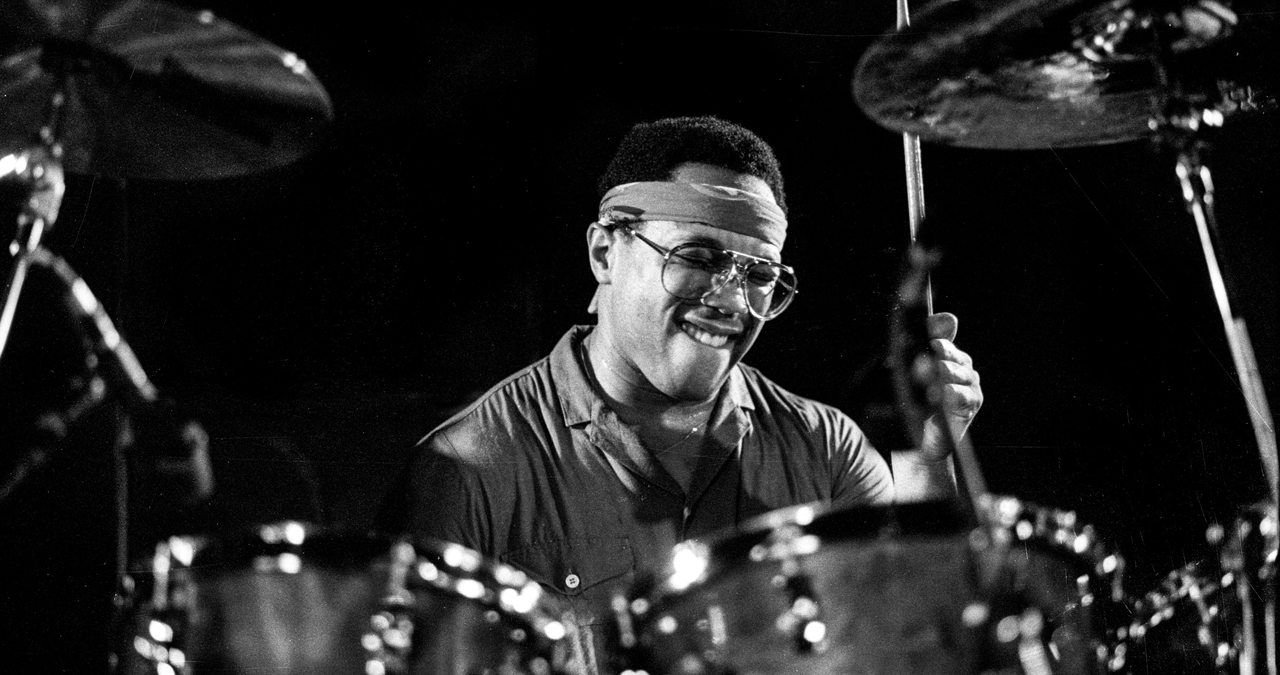
As jazz morphed into fusion in the early 1970s a new breed of drummer took centre stage. Blending swing with rock and funk, the drummer’s role got bigger and so often did their drum kit.
There were so many great drummers it seems unfair to pick one, and honorary mention goes to Steve Gadd, Tony Williams, Harvey Mason, Bill Bruford and Lenny White to name just five.
However, if there’s one drummer that truly captured the essence of fusion and at the same time became a major influence, it’s Billy Cobham.
With a bunch of significant credits already to his name, it was as the powerhouse behind the Mahavishnu Orchestra that Cobham really began to shine.
His open handed and matched grip style not only looked different but suited his large double bass and multiple tom drum kit. And with an interest in the latest gear, including the visually distinctive transparent Fibes acrylic kit, he both looked and sounded next level.
However, what really marked out Cobham was the speed, precision and feel of his playing. His ability to make complex patterns really groove and to make his complex drum kit truly sing remains impressive to this day. Check out Mahavishnu Orchestra’s Birds Of Fire album or Cobham’s solo debut Spectrum.
Now in his 80s and still touring, he continues to influence and inspire.
Stewart Copeland
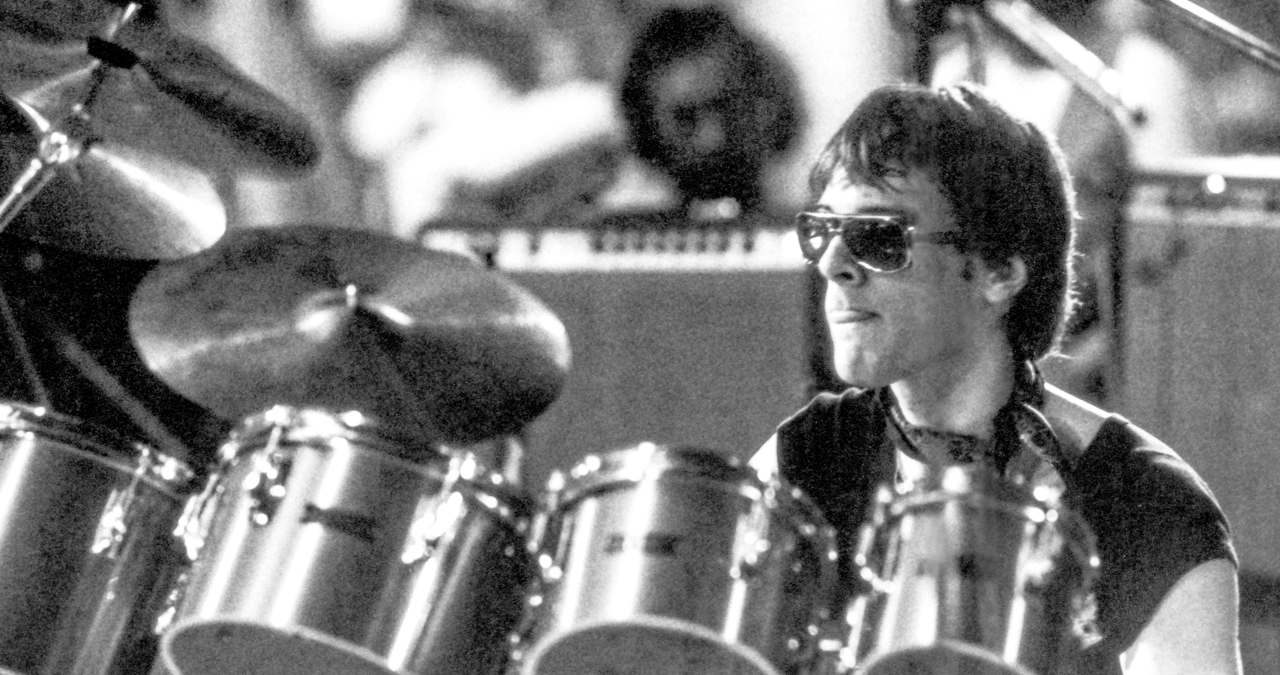
The Police are probably best known for their fusion of rock and reggae, a formula which for a brief spell in the early 1980s made them the most important band on the planet.
But in many respects the chart success eclipsed what was a surprisingly unusual and sonically sparse 3 piece band.
With Sting’s bass and Andy Summer’s guitar often playing quite rhythmic roles, the band’s drummer Stewart Copeland was free to explore the more interesting aspects of the drum kit, which he duly did.
The result is a highly original style that incorporates reggae one drops, rock beats and most importantly top kit subtleties rarely heard in mainstream music.
Copeland emphasises hi hat and ride patterns rather than kit wide chops, and this coupled with an excellent palette of cymbal sounds form his signature sound to this day.
Unsurprisingly his influence is referenced by many contemporary drummers and he has no doubt spawned his fair share of copyists.
Bernard Purdie
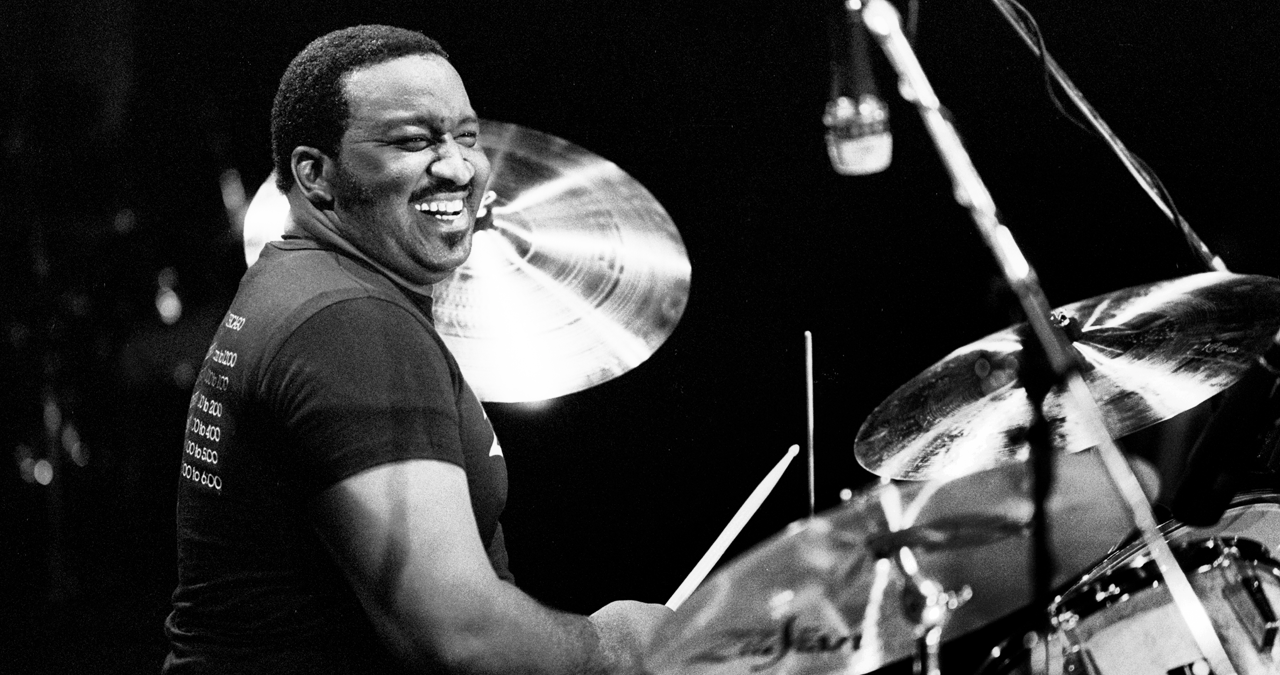
In the late 1960s urban music styles shifted towards funk and soul and a clutch of drummers became famous for laying down next level grooves. One such drummer was Bernard ‘Pretty’ Purdie.
Starting out as a jazz drummer, Purdie initially became known for his session work, playing on tracks with James Brown, Nina Simone and many others including (so he has claimed) the Beatles (although that is a whole, disputed story in itself).
However, it was a particular groove that ultimately defined his career and secured his place as one of the most influential drummers of all time.
The Purdie Half-Time Shuffle delivers the perfect combination of swing and funk, blending a half time back beat with swung hi hats and snare ghost notes to create a laid back shuffle beat.
It appeared in 1977 on the Steely Dan track Home At Last and clearly influenced other drummers including John Bonham on Led Zeppelin's Fool In The Rain (1979) and Jeff Porcaro on Toto’s Rosanna (1982).
Now very much part of any aspiring drummer’s tool kit, getting the beat to truly groove is still a challenge. Check out footage of Purdie himself and observe his subtle use of hi hat foot control and snare ghost notes to really make it swing.

Jon is a London based platinum award winning mixer, producer, composer and club remixer with a diverse CV that spans dance, pop, rock and music for media. He’s also a long term contributor to MusicRadar's music technology tutorials and reviews. Whether working alone or collaborating he usually handles final mixdowns, so you’ll also find MusicRadar peppered with his handy mixing tips.
You must confirm your public display name before commenting
Please logout and then login again, you will then be prompted to enter your display name.



